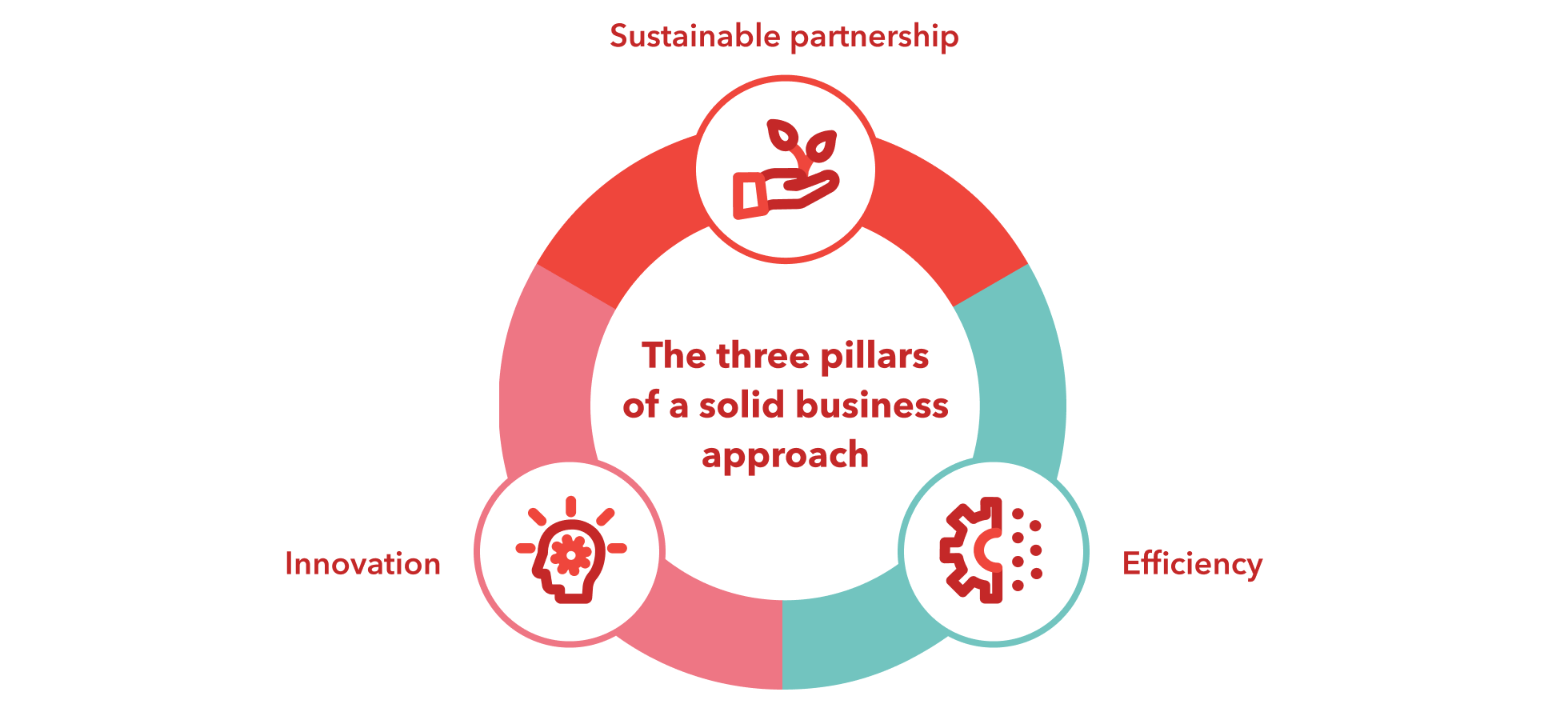OEM
as leader and coordinator
“Contrary to many other industries, tier 1 suppliers rarely get a long-term fixed price contract,” says Egon Nuyts, automotive expert at delaware. “Instead, the actual POs are issued on a short-term basis. This gives the OEM the opportunity to renegotiate certain aspects of the deal, like price, quality, quantity, and so on.”
In addition, OEMs also have ‘general terms’ that are used for the procurement of manufacturing parts. These terms can include, for example:
- Warranty provisions that determine the suppliers’ liability for design defects, intellectual property infringements, and the cost of recalls;
- The suppliers’ obligation to deliver parts to the OEM for years after model production ends. This leaves the supplier with the cost of maintaining a production line without the chance to recoup expenses through high sales volumes;
- Suppliers are expected to comply with stringent industry and OEM standards and guidelines. These requirements relate not only to quality, timing, location, etc., but also extend to financial reserves, efficient manufacturing operations, and other proof that they are running a healthy business. After all, the more efficiently a tier 1 supplier organizes its own processes, the lower the risk for the OEM.
“If these conditions are not met, the OEM can fine the supplier, who may also even end up losing the OEM’s business entirely. As a result, the safest bet for the supplier is to cater to the OEM’s wishes at all times,” Egon concludes.




/automotive-banner-3200x500-(1).webp?mode=autocrop&w=320&h=240&attachmenthistoryguid=98a4a3fe-169e-4884-91bc-1447aba072bc&v=&focusX=2322&focusY=314&c=a3ba73541d80e848471c695c7b43e83667eb6d47f43b3ba486465c34eefc11e3)
/PSS-720x360-(1).webp?mode=autocrop&w=320&h=240&attachmenthistoryguid=dd119f98-2637-437e-aa2b-00ebc7915034&v=&focusX=168&focusY=143&c=446458654bede0baa32c9cf45848c6760ea800f85c5ebb1116b9c0022be0c43a)